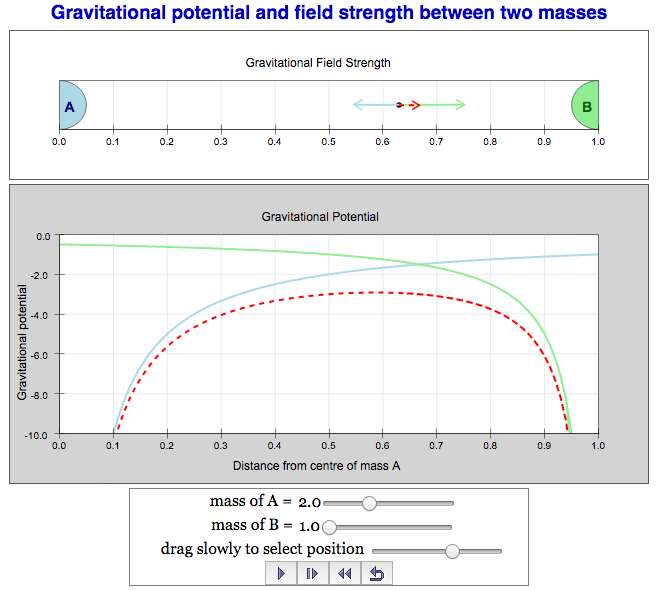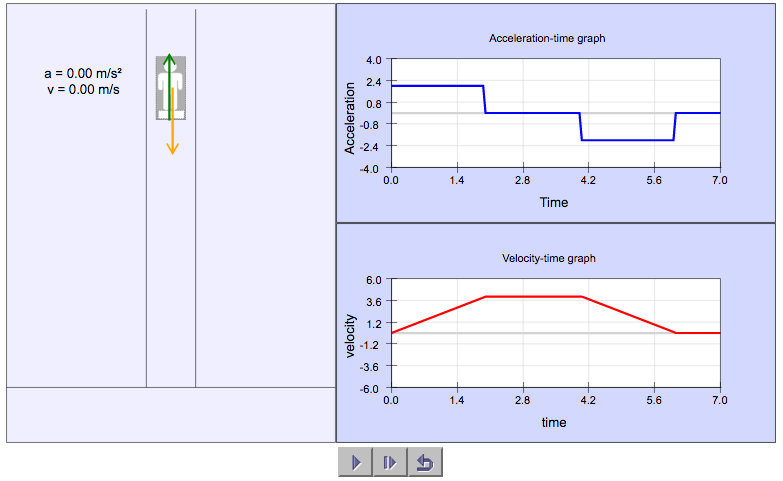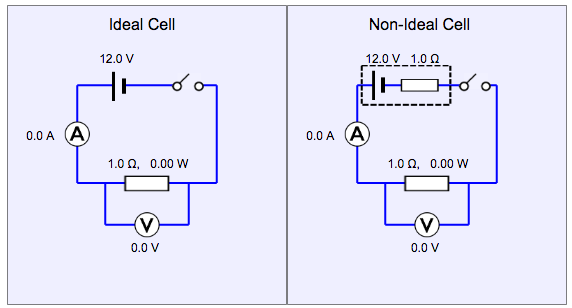This simulation traces the flux linkage and corresponding emf generated by a rectangular coil rotating along an axis perpendicular to a uniform magnetic field. One is able to modify the angular frequency to see the effect on the frequency and peak emf generated.

https://ejss.s3-ap-southeast-1.amazonaws.com/faradayslaw_Simulation.xhtml


